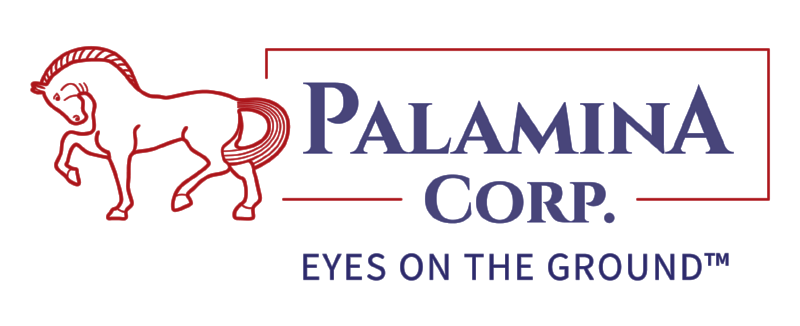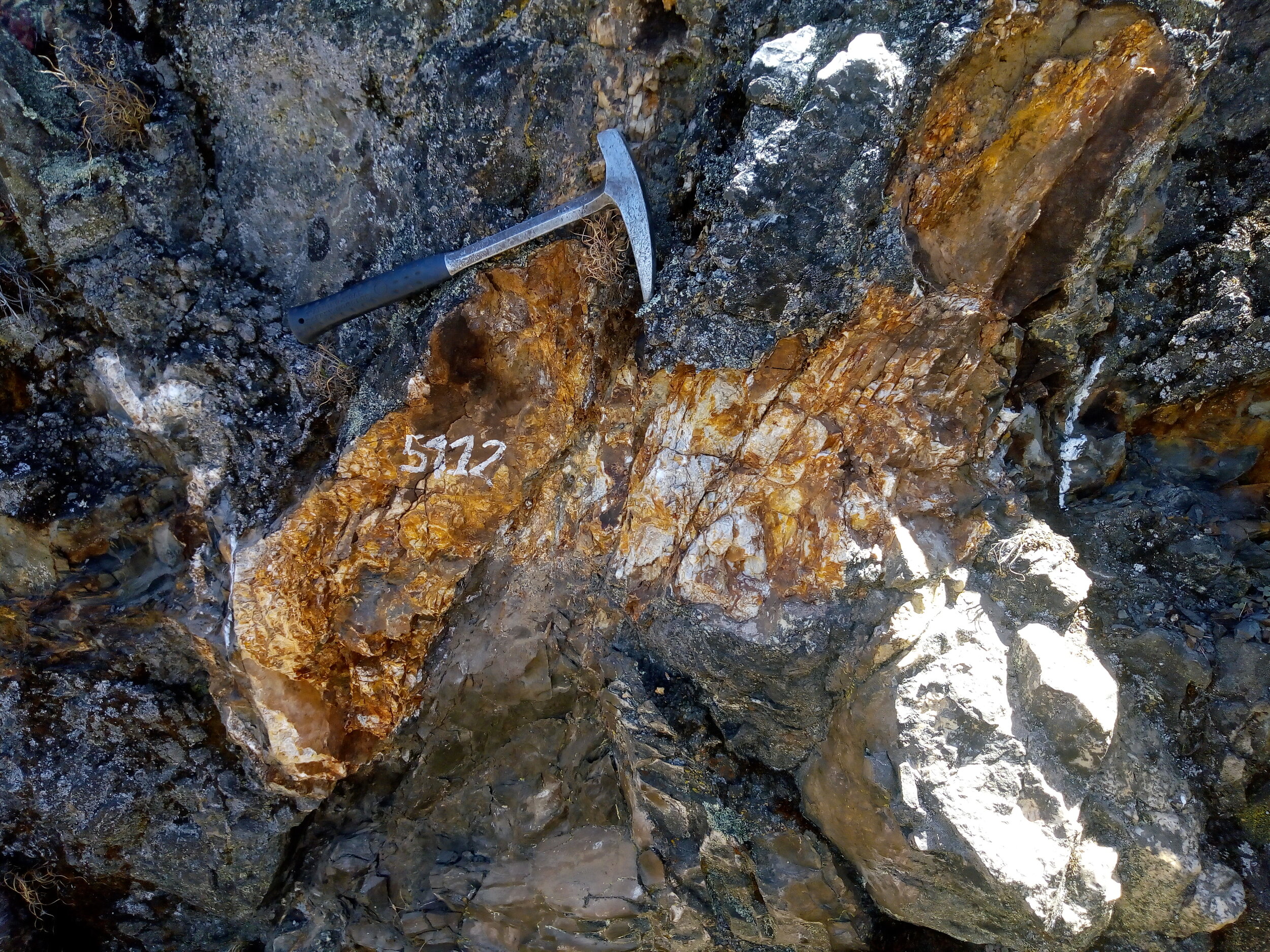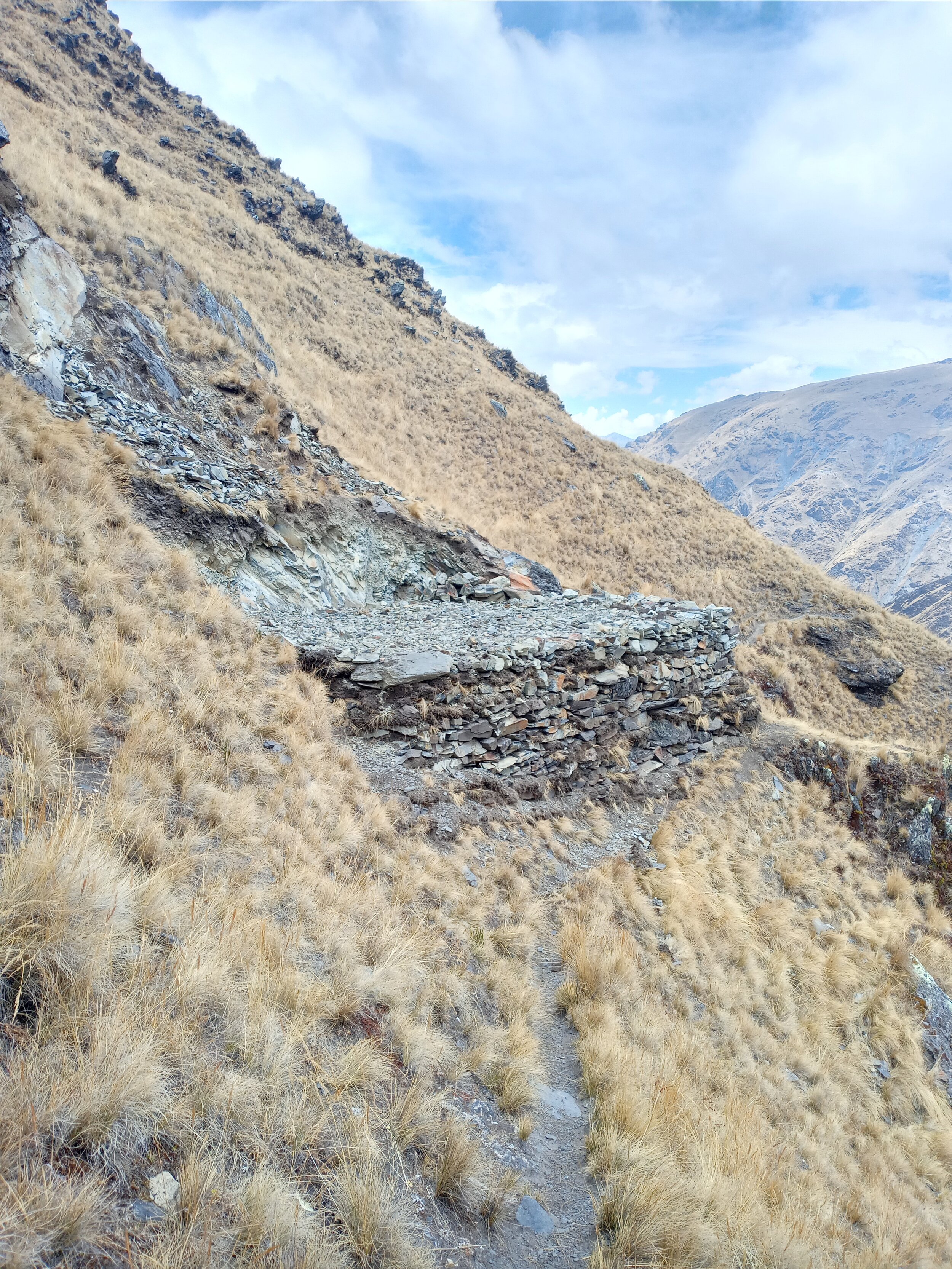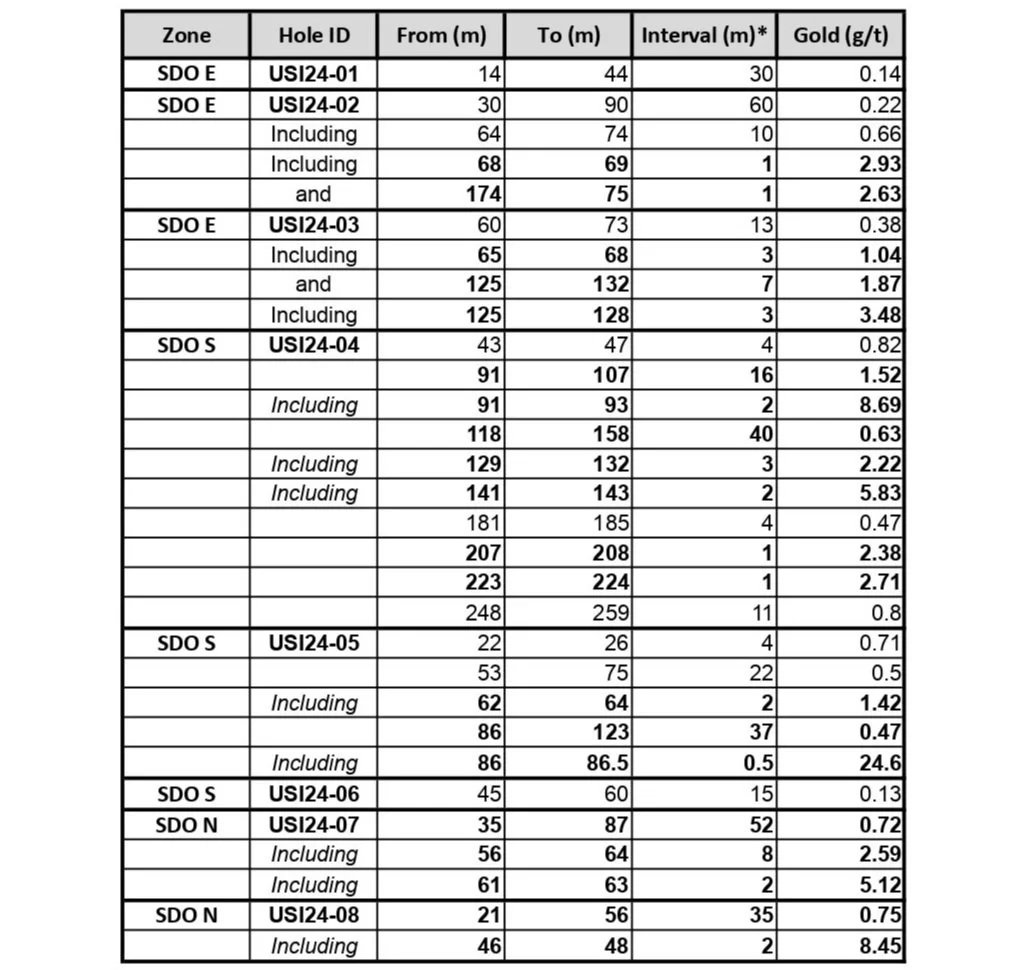Usicayos Gold Project
Palamina holds 7 projects in the Puno Orogenic Gold Belt
100% interest
10,488 hectares
Department of Puno, south-eastern Peru
CLICK HERE FOR USICAYOS* NI 43-101 TECHNICAL REPORT
* Completed prior to renaming of project on July 9, 2021
Overview
The Usicayos Gold Project was acquired primarily through staking to explore for orogenic gold mineralization like that found in nearby large deposits such as Ollachea, La Rinconada and Crucero. Usicayos is not subject to any NSR or onerous future payments to any vendors or optionors. Usicayos is located along the southern edge of the Puno Orogenic Gold Belt (“POGB”), one of the world´s most prolific orogenic gold belts hosting several multi million ounce gold deposits and camps.
The POGB is aligned a NW-SE structural corridor that extends several hundred kilometres along the eastern Cordillera of Peru. Most of the major gold deposits in the POGB are located along jogs of the main regional structural trend. Members of the Palamina technical team participated in the discovery and exploration of the Ollachea deposit, one of Peru´s most significant gold discoveries of the past 20 years.
Several multimillion ounce gold mines along three jogs within the POGB
Infrastructure
The Usicayos Gold Project is located north of the town of Usicayos which is a 4 hour drive and 150 km north of the city of Juliaca via paved and gravel roads. Juliaca is a local economic hub which hosts a domestic airport as well as many services which can support exploration, including a certified sample preparation lab owned by Certimin. Palamina has a field office / core storage facility in Juliaca.
Elevations at Usicayos range from 2,800 to 4,700 metres. Access to the project is along dirt roads from the town of Usicayos and Coasa to several points within the claim block. From these points, exploration is undertaken on foot or by horse along river valleys or footpaths to access mineralized targets. Rock exposure is generally excellent as the property sits above the tree line with sharp rocky ridges at the highest elevations, which give way to high alluvial terraces and narrow canyons at lower elevations.
Geology
The Usicayos project hosts numerous discrete shear zones within the main POGB belt. Two main deformation trends have been identified so far, a north-south shear zone outcropping immediately to the southeast of the Usicayos claim block, which extends over 5 km into the Crucero gold project and Palamina´s 100% owned Panorama projects to the south of Crucero, and a NE-SW shear zone. At Usicayos, Palamina has identified 3 significant gold zones: Sol de Oro, Cayos and Veta zones, all located along a 4.5 km long NE-SW shear zone. To date Palamina has completed 6 diamond drill holes in the Veta Zone and 9 drill holes in the Sol de Oro Zone. The Cayos zone has not yet been drill tested.
Lithology, structure, sulphide mineralization and intrusive bodies similar to those identified at Ollachea have been identified at Usicayos. The best developed mineralized shear zones are hosted in relatively weak horizons, especially along organic-rich black shales belonging to the Late-Silurian/Early Devonian Ananea Formation.
Sol de Oro, Cayos & Veta discovery zones:
Geological mapping, surface and channel sampling has resulted in the discovery of a 4.5 km by 1.5 km anomalous gold trend made up of the Sol de Oro, Cayos and Veta gold zones. Mineralization occurs in multiple gold-bearing shear zones, discovered by prospecting the extension of the main deformation zones and by exploring in areas where limited informal mining has taken place.
At Usicayos each of the major gold mineralized zones is hosted in deformed and weakly metamorphosed Ananea Formation shale and mudstone. Compressional tectonics during both the Hercynian and Andean orogenies have developed a complex system of thrusting and reactivated faults likely representing fluid pathways for primary mineralization and gold remobilization. At Sol de Oro, the main foliation dips towards an interpreted central regional structure – or flower structure -- which may represent a major mineralization control at depth.
In 2022/2023 Palamina completed 6 diamond drill holes over a total of 2,081 metres (‘m’) in the Veta Zone. Drilling tested below the entire 800 metre long gold-bearing quartz vein system exposed at surface where two of five holes returned visible gold intercepts. A total of 6 diamond drill holes were completed; Drill hole VE-01-2021 returned 1m @ 1.26 g/t Au, VE-02-2021 1m @ 3.09 g/t Au (visible gold in intercept), VE-03-2021 24m @ 0.5 g/t Au, VE-04-2021 11m @ 0.8 g/t Au, VE-05-2022 4m @ 0.67 g/t Au (visible gold in intercept) and VE-06-2022 11m @ 0.68 g/t Au.
Surface sampling on the Sol de Oro and Cayos Zone has defined several mineralized shear zones
In August of 2024 Palamina resumed drilling in the Sol de Oro zone where a total, 2,306 metres in nine drillholes were completed by the end of November 2024. Palamina’s drilling program tested the 4 main SDO zones. Results from drilling were returned as follows:
Palamina’s inaugural drill program in the Sol de Oro zone targeted the north and south ends of an interpreted flower structure, as well as the eastern zone between them. Drilling at SDO East revealed extensive mineralization, with gold grades increasing toward the north. Drill holes US124-02 and US124-03 successfully intercepted the uppermost manto, but did not reach the lower ones due to drilling challenges that led to their abandonment before reaching the target depth.
At SDO S, drillhole USI24-04 intercepted a mineralized blind microdiorite intrusive 113 metres down hole, with gold mineralization associated with pyrite and pyrrhotite, occurring as disseminations and in massive sulfide veinlets. USI24-05 is a scissor hole drilled from the same platform. Mineralization at SDO S dips to the north on the south end of the flower structure. Both drillholes intercepted multiple visible gold zones associated with pyrite and pyrrhotite.
At SDO N drillholes USI24-07 & USI24-08 both intercepted broad zones of gold mineralization above the Corihausi fault, a gently south-dipping shear zone at the north end of the flower structure. Mineralization remains open to the south and to the east where multiple gold anomalies have been identified in previous surface sampling programs. Gold mineralization at SDO N occurs in a metasedimentary sequence consisting principally of carbonaceous shale and sandstone, with a well-developed penetrative foliation dipping to the south.
Cross Section of the 2024 SDO-N program shows lateral and down dip continuity of mineralization
In the Spring of 2025, select sampling results from the Cayos Zone in to the northeast have returned up to 18.1 g/t Au over 7 metres in a continuous channel sample. Systematic mapping at sampling at Sol de Oro has delineated four distinct mineralized zones, SDO-S, SDO E, SDO-N and SDO-W. At SDO-S and SDO-N, where the most continuous mineralization has been observed, channel sampling has yielded up to 29 g/t Au over 2 metres and 26.7 g/t Au over 2 metres respectively. Palamina completed a drone based magnetics survey during 2024 which identified the major structural controls for mineralization and defined a large magnetic anomaly underlying the untested Cayos zone.
Channel sampling on Cayos Zone has identified at least three mineralized shear zones
Further drilling in the SDO zone is planned after the end of the rainy season in April of 2026. Palamina requires a surface rights agreement from the Cayos zone land owners in order to drill in the Cayos zone. The Cayos zone land owners/miners have requested that Palamina sign an exploitation agreement formalizing their artisanal gold mining rights. Negotiations were suspended on June 30, 2025 after the government of Peru extended REINFO rights (temporary mechanism allowing informal miners to mine legally) to December 31, 2026. Negotiations for surface rights in the Cayos zone are ongoing where inaugural drilling in the Cayos will be carried out in 2026 if Palamina secures the surface rights.












































